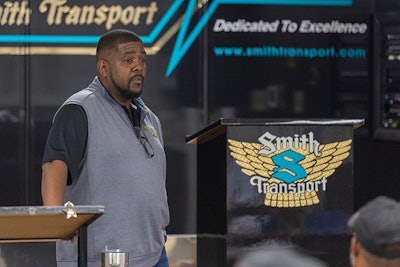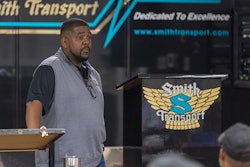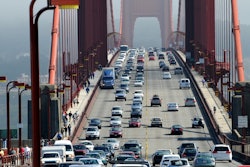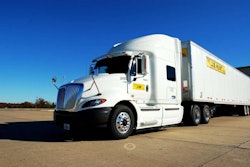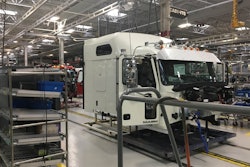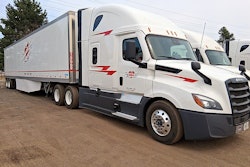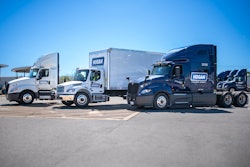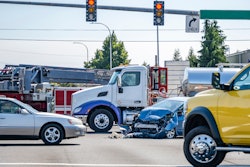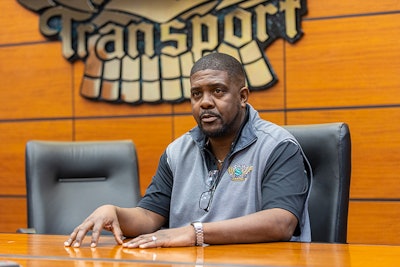
Before the driver was involved in the fatal accident on June 10, 2019, Smith Transport had started to evaluate video-based driver safety systems. Before starting the process, Eric Nelson, vice president of safety and recruiting, surveyed drivers in the fleet to find out how many used personal dashcams.
Nearly 70% had technology such as GoPro cameras. Nelson was not comfortable with personal dashcams. He wanted Smith Transport to have a viable solution to quickly investigate accidents and incidents, and proactively coach drivers to lower their risk.
One of the first items on his checklist was a managed video review service. Many onboard cameras and devices capture video footage when software algorithms detect risky behaviors such as rapid deceleration (hard braking), speeding and swerving. He didn’t want Smith Transport to be the first to review the video captured of these events, however.
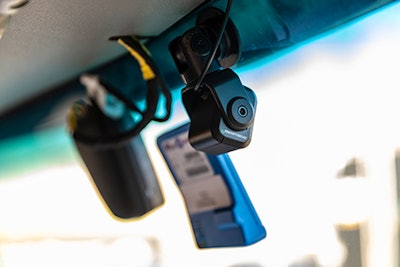 During the pilot test, management of Smith Transport discovered that even with a single camera configuration, SmartDrive was able to detect important behaviors like driver distraction from an inside reflection on the windshield.
During the pilot test, management of Smith Transport discovered that even with a single camera configuration, SmartDrive was able to detect important behaviors like driver distraction from an inside reflection on the windshield.Based on previous experience using managed services, Nelson knew that vendors’ behavior analysts see “certain things that we are not initially able to see during the clip.” The economics of using a managed service was another factor.
“We don’t have the manpower to review all of the clips in detail. We want to see the relevant information. We want to see what is important,” he says.
In the summer of 2019, management of Smith Transport narrowed its vendor list and decided to move forward. Systems from the two leading vendors in the market were installed in 20 trucks. Some trucks had systems from both.
Drivers who were selected for the pilot test had a diverse range of work experience. During the pilot they attended safety committee meetings with management and trainers who used the systems to coach drivers.
“I wanted the drivers to tell me the good, the bad and the ugly,” Nelson says.
From the start, drivers were opposed to having an inward-facing camera. On this front, the SmartDrive SR4 platform quickly gained the upper hand. The SR4 is an integration hub that connects to individual camera units.
Smith Transport mounted a single camera unit from SmartDrive close to the windshield to capture forward-facing video. The competing system had a larger camera unit mounted on the windshield. The unit had both inward and forward-facing cameras. The inward camera was not activated, but drivers felt more comfortable with the single, forward-facing camera configuration of SmartDrive, Nelson says.
Even with a single camera, SmartDrive is able to capture important behaviors such as driver distraction from an inside reflection on the windshield.
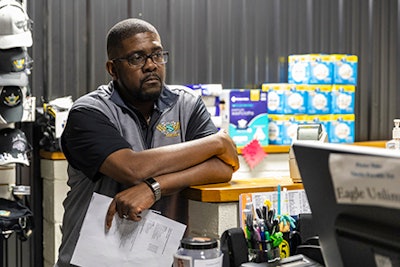 When Smith Transport evaluated vendors of driver safety systems, Eric Nelson, vice president of safety and recruiting, would not consider a pilot test for companies that did not have a managed service for reviewing videos.
When Smith Transport evaluated vendors of driver safety systems, Eric Nelson, vice president of safety and recruiting, would not consider a pilot test for companies that did not have a managed service for reviewing videos.Three weeks into the pilot test a driver ran off a road. From the SmartDrive web portal, Nelson reviewed the video and data of the event. He quickly concluded the driver had a medical episode based on the throttle and braking inputs, audio from the cab, and the reflection of the driver on the windshield. The driver had lost consciousness.
In the first few weeks of running both systems Smith Transport saw a significant reduction in the number of coachable events. Nelson credits awareness that drivers had of the technology in their cabs — the Placebo effect — but the SmartDrive system also detected more risky events than the competing product for coaching, he says.
Feedback from office staff also showed a clear preference for the SmartDrive dashboard that made video and event data easier to manage. They also preferred the system’s higher definition video footage, he adds.
Nelson says that Smith Transport has continued to see a downward trend for risky behavior as it gets further into the fleetwide rollout of SmartDrive.
A sign greets drivers at Smith Transport’s gates: “Maybe you can afford the ticket, but can you afford the price?” The message takes on deeper meaning for drivers in an orientation training meeting on Wed., Dec. 11. Read more »
Eric Nelson, vice president of safety and recruiting, was not comfortable with drivers using personal dashcams. He wanted Smith Transport to have a viable solution to quickly investigate accidents and incidents, and proactively coach drivers to lower their risk. Read more »
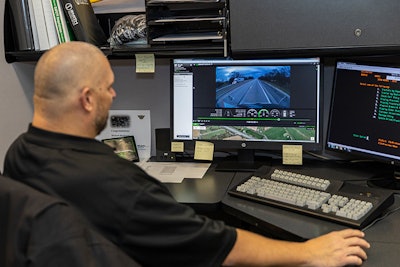
Smith Transport uses safety products from multiple vendors to assess driver safety. Every employee in the fleet’s safety department is accountable to KPIs from these systems to mitigate risk. Read more »
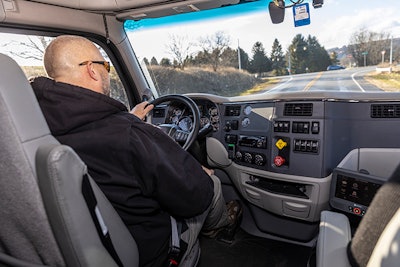
Staying on top of risky driver behaviors captured by a video safety platform has required a major shift in driver training strategies. Read more »
Racing into 2020: Smith Transport shifts business and safety strategies to fast-track growth
Smith Transport is entering 2020 with momentum for growth with a business strategy and new safety technology to proactively assess and manage risk. Read more »




